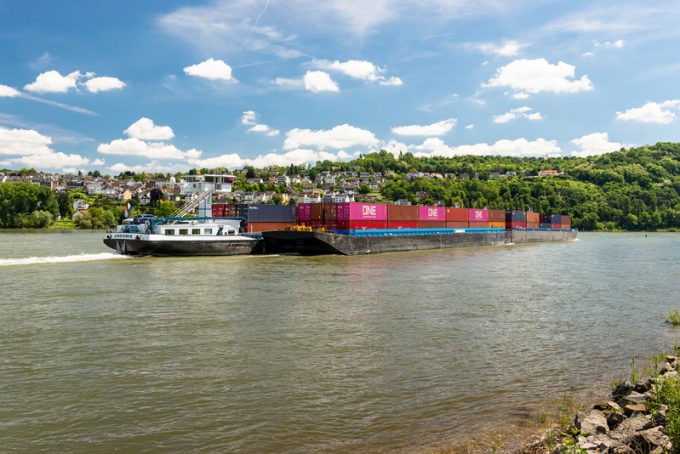French disputes unlikely to increase river Rhine cargo backlog
Inland navigation along the French stretch of the Rhine may have been impacted by the ...

Shippers using Europe’s inland waterways are facing “phenomenal” surcharges and the prospect of cargo going undelivered, as barge operators contend with low water levels.
On Friday, Contargo announced €175 ($203) and €225 ($261) surcharges for 20ft and 40ft containers, respectively, if water levels dip below 80cm, ...

Comment on this article